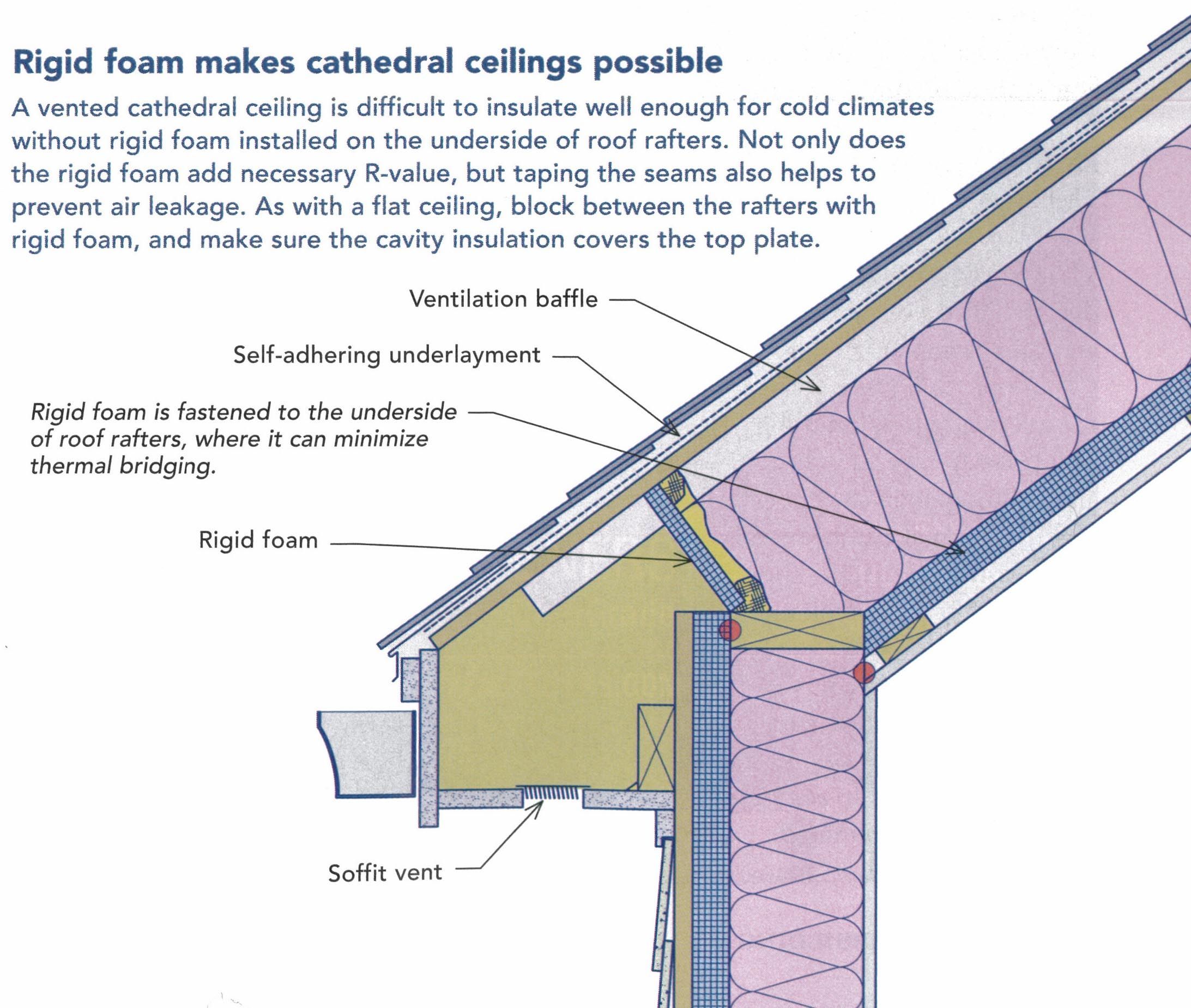Cold Climate Vent Attic Or Unvented
In this design insulation effectively separates the interior and exterior spaces while slowing down moisture flow so the dewpoint is not achieved within the building envelope.
Cold climate vent attic or unvented. If the space conditioning system is located in the attic such as it is in warm locations the energy savings that can be realized are very apparent. Attic access hatches plumbing chases recessed lights and duct vents all can leak conditioned air making your home less comfortable. Unvented attics have higher temperatures on the underside of the roof sheathing. Attic ceiling to stop airborne moisture from reaching a cold surface and condensing inside the building envelope.
People usually vent attics in cold climates to prevent moisture accumulation in the roof sheathing and control ice dams. See the irc or the guide unvented attic insulation for details. Basically the term cold roof refers to a traditional roof or vented roof while hot roof refers to a roof that is not ventilated and which has foam insulation attached directly to the roof sheathing. In cold climates the primary purpose of attic or roof ventilation is to maintain a cold roof temperature to control ice dams created by melting snow and to vent moisture that moves from the conditioned space to the attic ventilation acts to bypass the vapour barrier created by most roof membranes.
Unvented attic construction is most common in housing and type v construction located in the warm climate zones of 1 through 4 but is suitable for any climate zone. In colder climates the main purpose of a vented roof is to keep the roof cold and reduce the formation of ice dams. For example if an r 80 unvented cathedralized attic is to be constructed in a cold climate a minimum of r 40 50 should be air impermeable insulation installed and layered according to section r806 5 of the 2012 irc figure 4. A secondary goal is to vent moisture that infiltrates the attic from the conditioned home.
In cold climates moisture in roof assemblies typically comes from inside and the key to problems with moisture is the temperature of the roof sheathing. Wind and air pressure move cold air around chilling homeowners. Unvented attics rely on an air impermeable insulation installed to the roof deck s underside i e. In cold northern climates snow can be blown in through these openings accumulating melting and causing damage to the ceiling or creating the potential premature structural failure or mold growth inside the roof assembly.















































